
parietal bone Colouring Pages (page 2) Anatomy bones, Skull anatomy
The skeletal system includes all of the bones and joints in the body. Each bone is a complex living organ that is made up of many cells, protein fibers, and minerals. The skeleton acts as a scaffold by providing support and protection for the soft tissues that make up the rest of the body. The skeletal system also provides attachment points for.
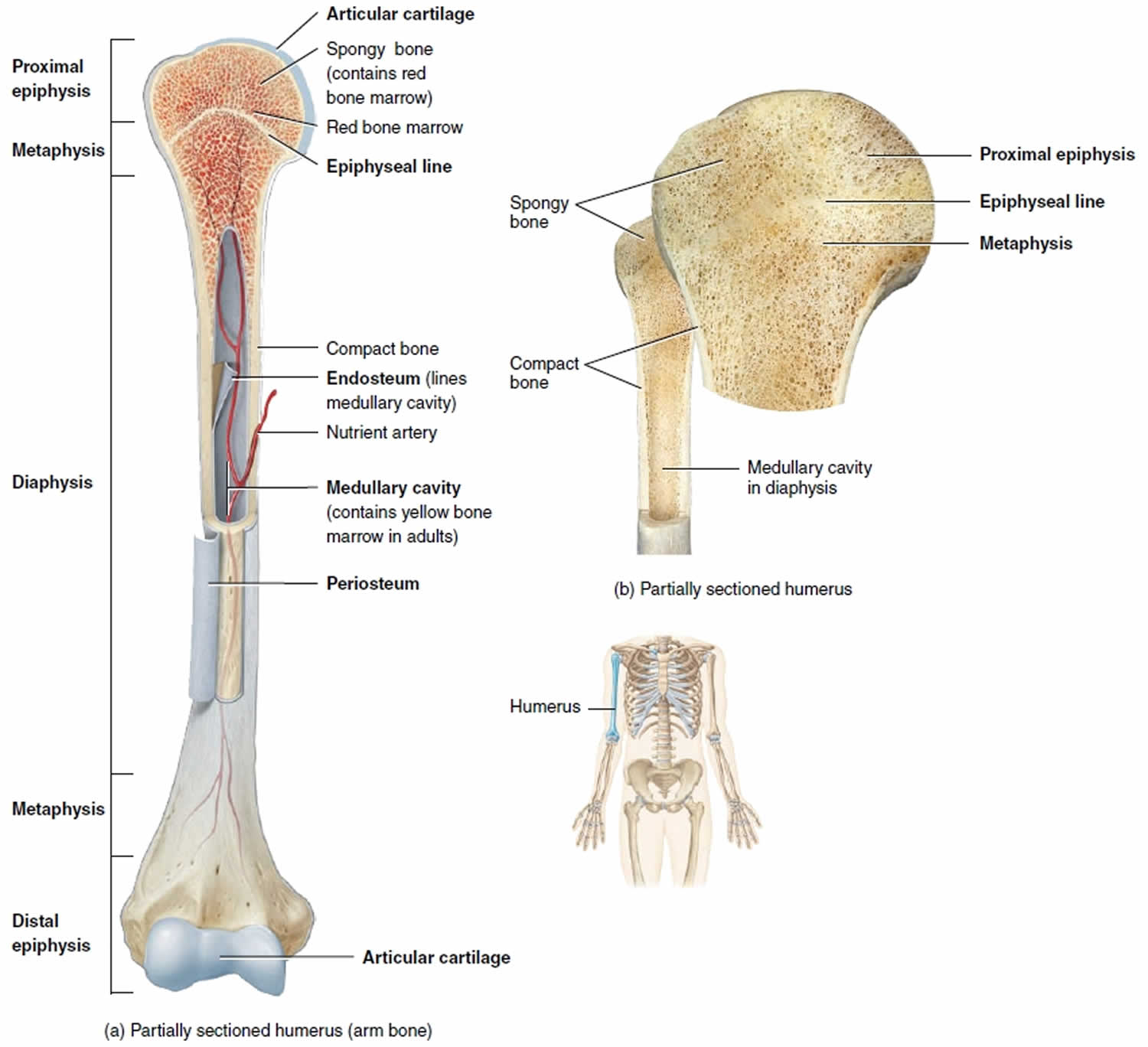
Long bone anatomy, structure, parts, function and fracture types
Key facts about the main bones, joints and muscles of the body. Axial skeleton: bones of the skull, ribs, vertebral column, sternum, sacrum, coccyx, hyoid bone and auditory ossicles. Appendicular skeleton: bones of the upper and lower limbs and the shoulder and pelvic girdles. Skull sutures, temporomandibular, shoulder, elbow, wrist, hip, knee.

Skeletal system Quizizz
The structure of a long bone allows for the best visualization of all of the parts of a bone ( Figure 6.7 ). A long bone has two parts: the diaphysis and the epiphysis. The diaphysis is the tubular shaft that runs between the proximal and distal ends of the bone. The hollow region in the diaphysis is called the medullary cavity, which is filled.
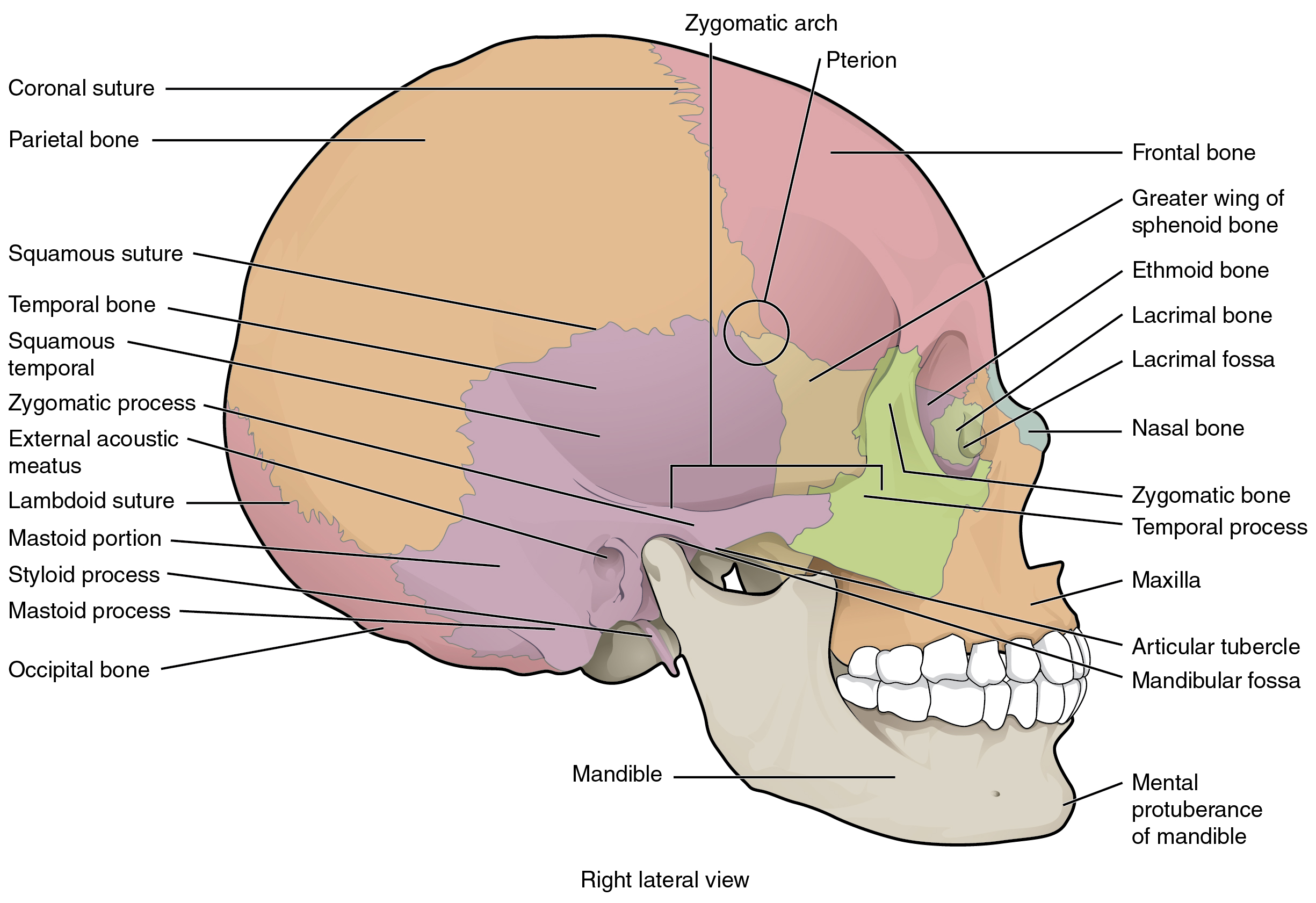
The Skull Anatomical Basis of Injury
The diaphysis is the hollow, tubular shaft that runs between the proximal and distal ends of the bone. Inside the diaphysis is the medullary cavity, which is filled with yellow bone marrow in an adult. The outer walls of the diaphysis (cortex, cortical bone) are composed of dense and hard compact bone, a form of osseous tissue.

Skeletal System Anatomy and Physiology Skeletal system anatomy, Human
Figure 1. Anatomy of a Long Bone. A typical long bone shows the gross anatomical characteristics of bone. The structure of a long bone allows for the best visualization of all of the parts of a bone (Figure 1). A long bone has two parts: the diaphysis and the epiphysis.
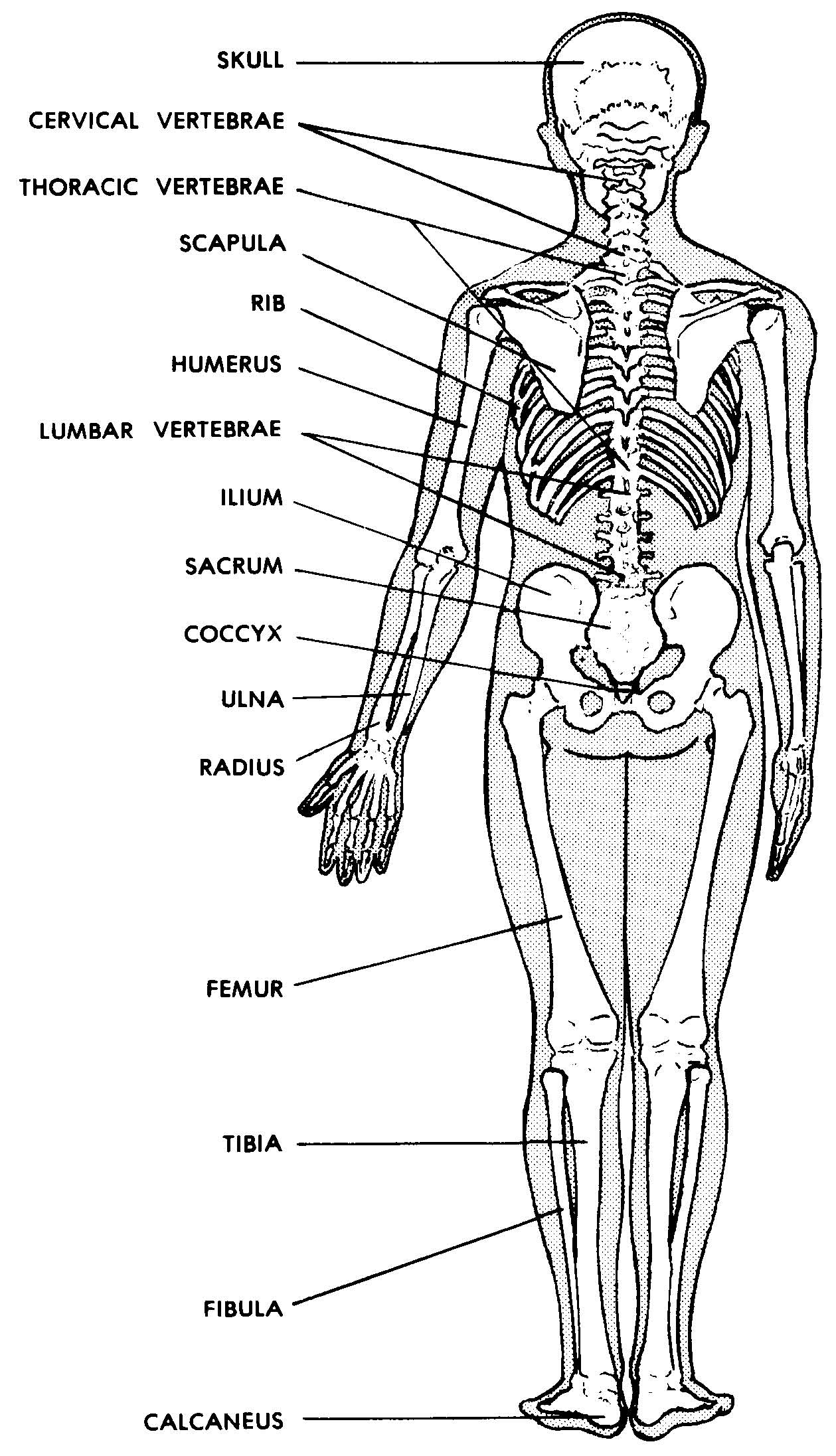
Images 04. Skeletal System Basic Human Anatomy
The human skeletal system consists of all of the bones, cartilage, tendons, and ligaments in the body. Altogether, the skeleton makes up about 20 percent of a person's body weight. An adult's.
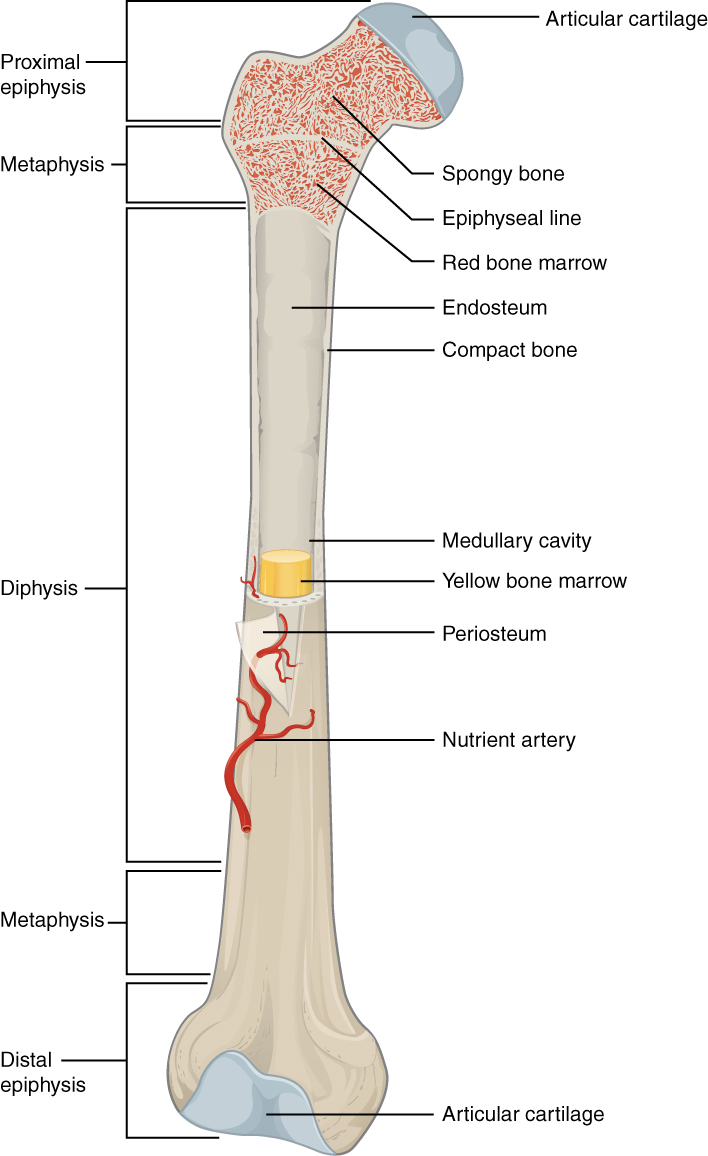
File603 Anatomy of Long Bone.jpg Wikimedia Commons
The structure of a long bone allows for the best visualization of all of the parts of a bone ( [link] ). A long bone has two parts: the diaphysis and the epiphysis. The diaphysis is the tubular shaft that runs between the proximal and distal ends of the bone.

Human Skull Diagrams 101 Diagrams
Sesamoid bones vary in number and placement from person to person but are typically found in tendons associated with the feet, hands, and knees. The patellae (singular = patella) are the only sesamoid bones found in common with every person. Table 6.1 reviews bone classifications with their associated features, functions, and examples.
Long Bone Labeled Epiphysis / Label A Long Bone
Differentiate between bones of the body based on the classification of the shape of the bone. 4. Identify the bones of the body using correct anatomical terminology. 5. Use correct anatomical terminology to correctly identify bone landmarks that serve as attachment points for skeletal muscles and ligaments. 6.
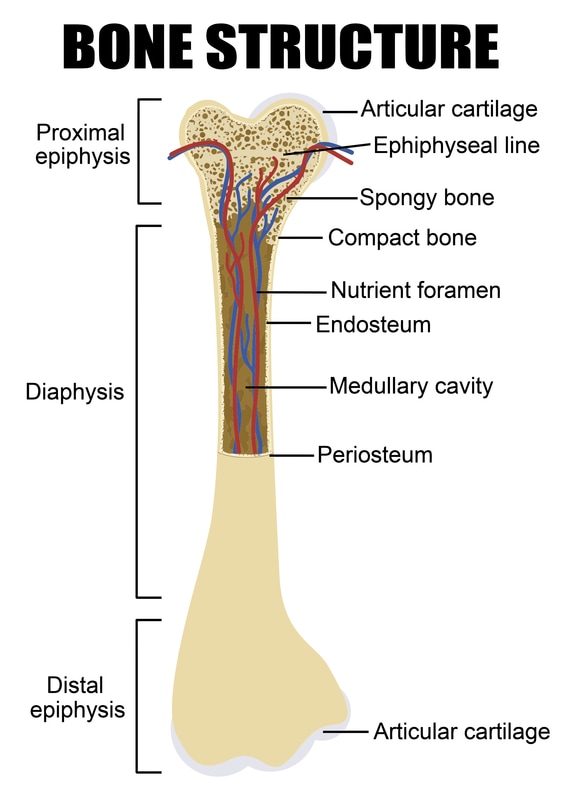
Long Bone Diagram Labled They are one of five types of bones
Label the structures of the bone using the hints provided Which structure is highlighted? Vertical foramen Which structure is highlighted? Occipital condyles Which structure is highlighted? Foramen magnum

PreLab 2 Human Anatomy Lab Manual
The structure of bones Tridsanu Thophet/EyeEm/Getty Images Bones are composed of two types of tissue. Compact (cortical) bone is a hard outer layer that is dense, strong, and durable. It.

bone tissue anatomy Google Search Anatomy and physiology, Human
These are (1) the axial, comprising the vertebral column —the spine—and much of the skull, and (2) the appendicular, to which the pelvic (hip) and pectoral (shoulder) girdles and the bones and cartilages of the limbs belong.

Skeletal system 1 the anatomy and physiology of bones Nursing Times
Label the structures of the bone. Distal epiphyseal line Spongy bone Proximal epiphyseal line Proximal epiphysis Compact bone Medullary cavity Femur Shaft (diaphysis) Distal epiphysis Reset Zoom This problem has been solved! You'll get a detailed solution from a subject matter expert that helps you learn core concepts. See Answer

34 Human Skeleton With Label Labels For Your Ideas
label the specific bony features of the skull in lateral view: label the bony structures of the shoulder and upper limb: label the bony structures of the thoracic cage: label the structures of the bone: Study with Quizlet and memorize flashcards containing terms like label the structures of a typical cervical vertebra:, label the structures of.
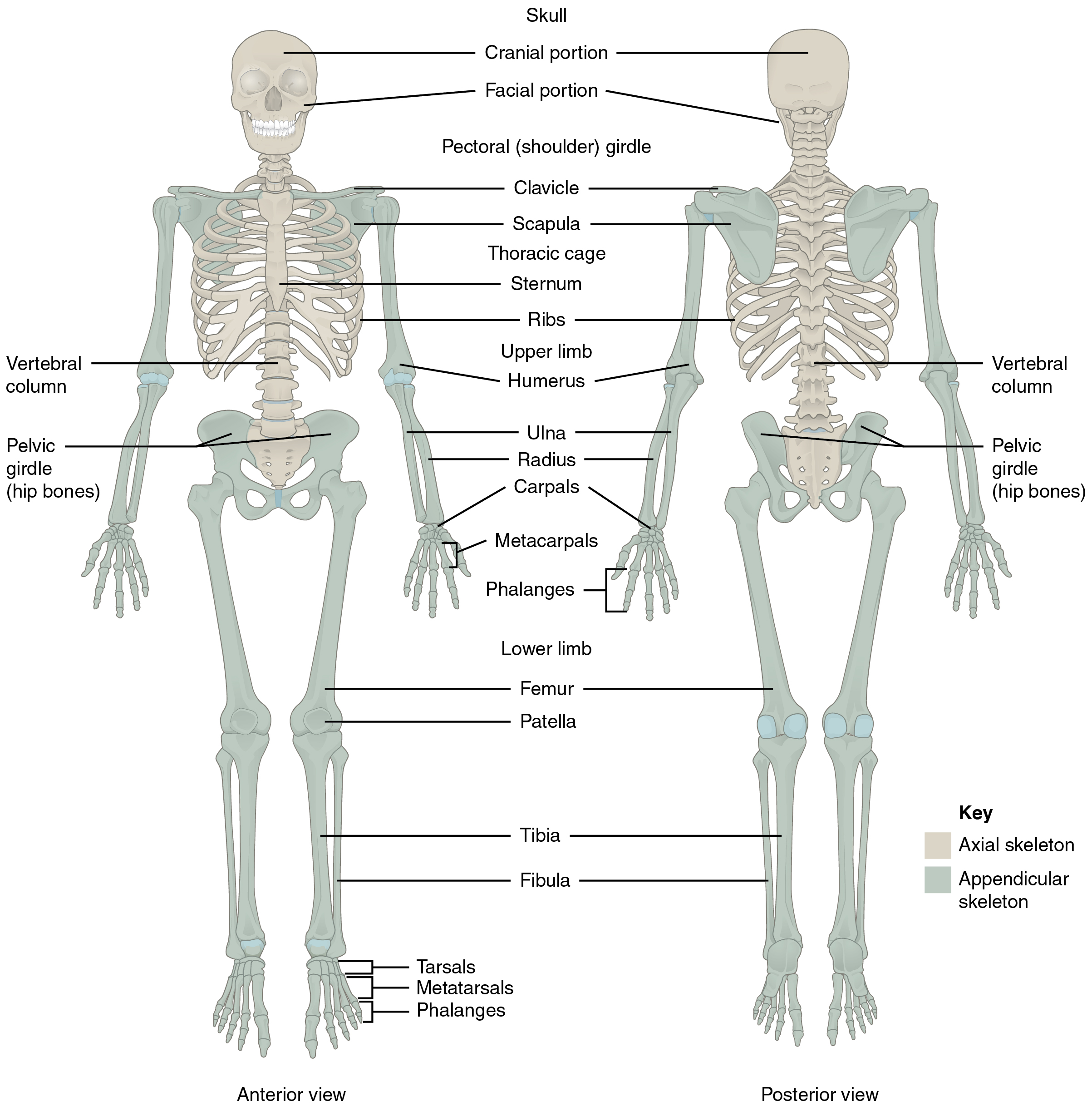
Divisions of the Skeletal System · Anatomy and Physiology
Skeletal System: Labeled Diagram of Major Organs In addition to the bones, organs of the skeletal system include ligaments that attach bones to other bones and cartilage that provides padding between bones that form joints throughout your body.

The Skull Anatomy and Physiology I
Label the structures of the bone. photo on phone Which structure is highlighted? sacroiliac joint Which structure is highlighted? Shaft of tibia